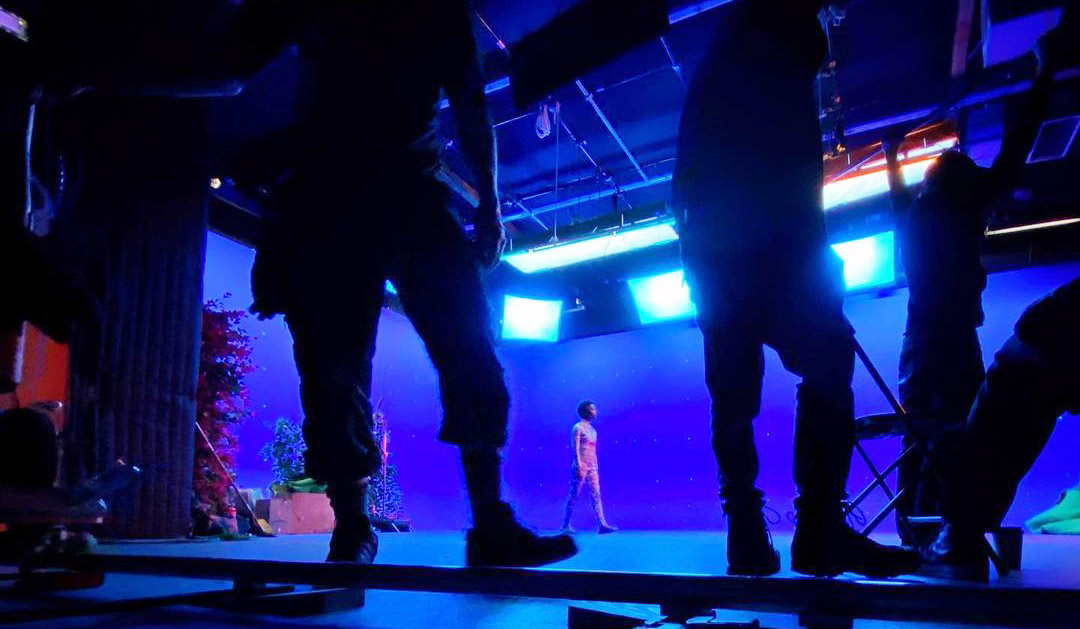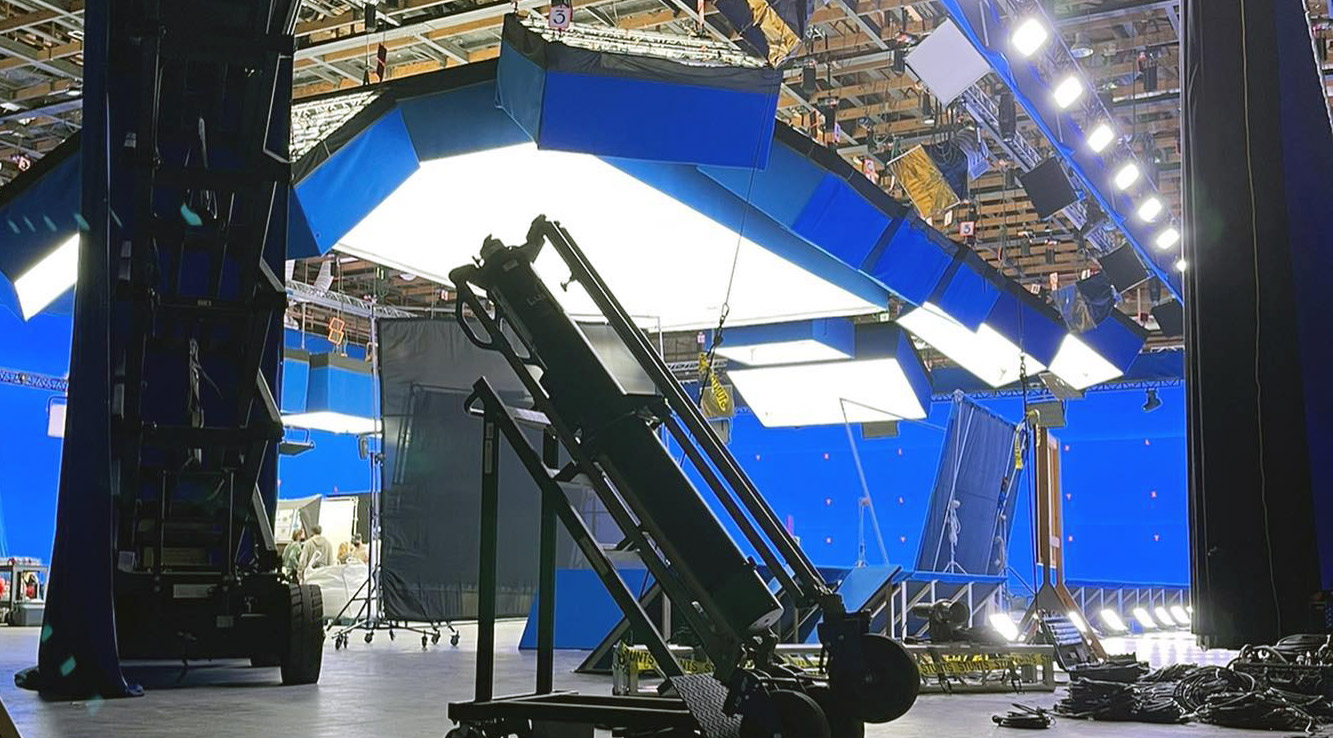Menu
What is a Gaffer? A Comprehensive Guide
“Gaffer” — A Comprehensive Guide
Gaffers are crucial in producing movies and television shows. As the head of the electrical department and chief lighting technician, the gaffer leads a team of lighting technicians to execute the project’s lighting plan. Working closely with the best boy, electric, who acts as second-in-command, the gaffer ensures that the desired cinematic image is achieved through the use of lights and cables. Interestingly, the term “gaffer” originates from a British slang term for a hooked metal pole used in theaters to adjust stage lights, known as a “gaff.”
Responsibilities of a Gaffer
A gaffer’s responsibilities encompass a project’s pre-production and production phases. These responsibilities include:
-
Reviewing the script to identify any specific lighting requirements.
-
Meeting with producers, directors, and the director of photography (DOP) to understand their vision for the project’s lighting.
-
Developing a plan that aligns with the vision and budget, determining the suitable lights and equipment.
-
Assembling a lighting crew, including the best boy, lighting technicians, and lamp operators.
-
Collaborating with the best boy to communicate and delegate tasks to the lighting technicians for setting up electrical equipment and lights.
-
Monitoring the lighting on set during filming and making adjustments as necessary to achieve the desired effect.
Preparation by a Gaffer
Gaffers begin their work before the actual shoot takes place. They conduct a tech scout to assess the planned locations. By referring to the script and observing the shooting sites, the gaffer takes note of electrical sources and potential challenges that may arise during filming. Based on these observations, the gaffer engages in discussions with various individuals, including the best boy, director, director of photography, key grip, and producers, to address logistical concerns and establish a budget. Each location requires a unique plan and budget, considering variables like weather conditions and electrical capacity.
On-Set Gaffer Responsibilities
As the chief electrician on set, a gaffer shoulders a wide range of responsibilities. These include:
-
Managing electrical equipment, instruments, and light sources.
-
Overseeing the electricians (also known as electrics) and ensuring their alignment with the lighting objectives.
-
Collaborating with other departments, such as grips, who handle non-electrical equipment like rigging for lighting and camera setups.
-
Coordinating with the key grip, who leads the grip crew responsible for rigging needs.
-
Maintaining clear communication and synchronization among the team members during camera setups and takes.

Gaffers vs. Grips
Although closely related, the roles of gaffers and grips differ. While gaffers and their team handle electrical equipment and lighting, the grip crew manages non-electrical equipment for the gaffer and camera operators. The grip department specializes in lighting rigs and camera stabilization. The key grip leads the grip crew, similar to how the gaffer coordinates lighting requirements. It’s important to note that the best boy grip should not be confused with the best boy electric.
Becoming a Gaffer
The path to becoming a gaffer varies for each individual, but a combination of education and practical experience is key to success.
Education: Some gaffers start as production assistants on sets, while others attend film school. Film school provides an opportunity to gain experience in various roles and departments, fostering collaboration and a deeper understanding of the filmmaking process.
Training: Hands-on training is crucial for aspiring gaffers. Starting in entry-level positions on lighting crews allows individuals to acquire practical experience in creating specific lighting effects effectively. This often begins with short films or student projects and progresses to longer shoots and larger sets as reputation grows.
Advancement: Career advancement as a gaffer usually comes from working on bigger productions. Networking, talent, and hard work play significant roles in progressing in this field.
Essential Skills and Traits
Several skills and personality traits are vital for success as a gaffer:
-
Adherence to safety precautions: Gaffers must prioritize safety and have knowledge of safety practices related to power distribution and set lighting.
-
Calmness under pressure: Working in a high-stress environment requires remaining calm and managing conflicts effectively.
-
Interpersonal skills: Excellent communication and teamwork abilities are essential for coordinating with the lighting crew, other departments, and production heads.
-
Leadership: As a gaffer, making decisions and effectively conveying the production’s lighting needs is crucial.
Working as a Gaffer: Expectations
A gaffer’s salary and work environment can vary based on experience and the production scale.
Salary: Gaffers’ salaries range from $19,000 to $129,000, with an average of approximately $54,700. Non-union gaffers set their own day rates, which are generally lower than those of union gaffers, as union pay scales must be adhered to.
Lifestyle and Workplace: Working on film sets often involves long, non-traditional hours. Crews may work 12-18 hours per day for weeks or even months to complete a project. Gaffers must adhere to tight schedules and be adaptable to unpredictable factors such as weather conditions. Additionally, traveling to various locations may be required.
Looking for the freshest Gaffer gear on-set?
Shop our gaffer and chief lighting technician related merch. T-shirts, hoodies, mugs, beanies, towels and more accessories to keep you looking lit.

